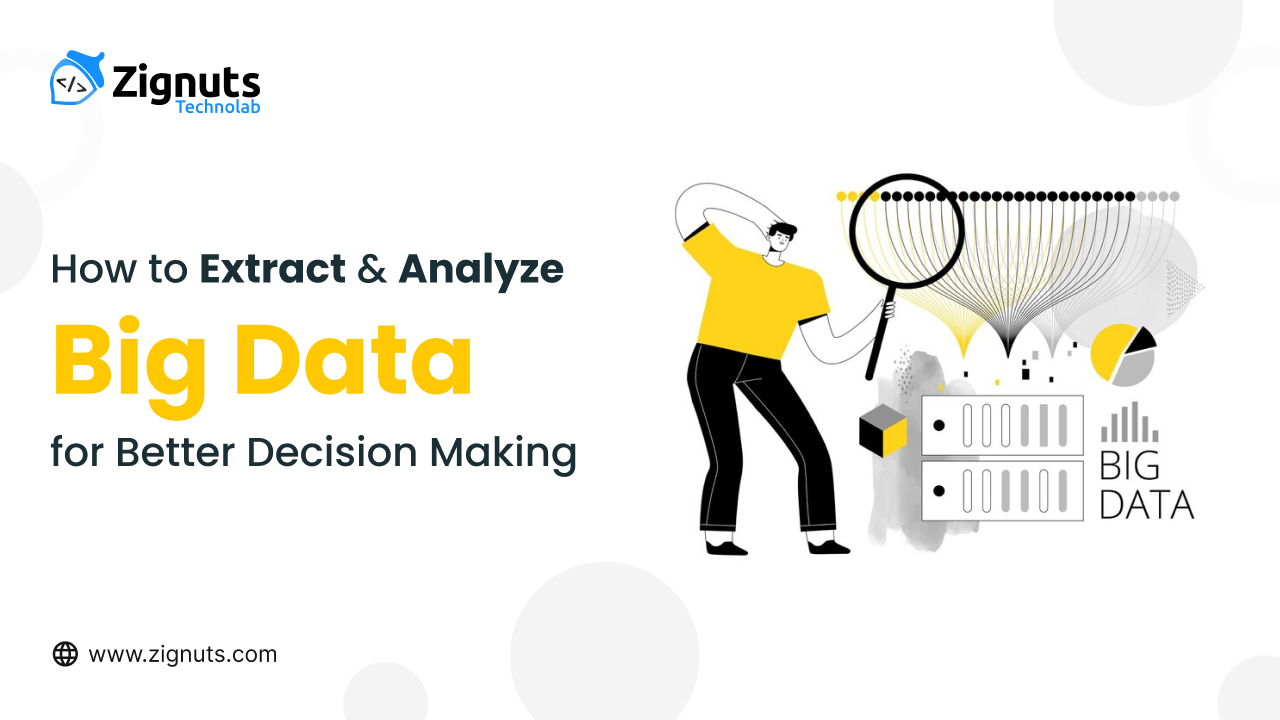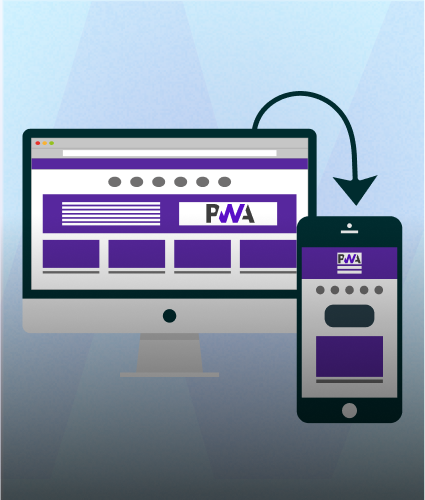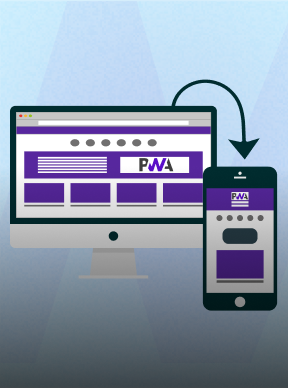Utilizing Big Data
Big data refers to the massive amount of structured and unstructured data that is generated by individuals, companies, and organizations daily. This data holds invaluable insights that can revolutionize decision-making processes and drive business success.
In this article, we will explore the power of big data and discuss how to effectively extract and analyze data to make better-informed decisions.
Before we delve into the strategies and techniques of data analysis, let's first understand the importance of utilizing big data. In today's digital age, data is increasingly being recognized as a valuable asset for businesses. By harnessing the power of big data, organizations can gain a deeper understanding of their customers, identify new trends and opportunities, optimize operational processes, and gain a competitive edge in the market.
However, it is not enough to simply accumulate vast amounts of data. To truly unlock its potential, businesses need to have the tools and knowledge to extract meaningful insights from the data. This is where effective data analysis comes into play.
Decision-making Strategies
Effective decision-making is crucial for the success of any organization. By leveraging big data, decision-makers can enhance the quality and accuracy of their decisions, leading to improved business outcomes. Here are some strategies for utilizing big data in the decision-making process:
- Identify and Define the Problem: Before diving into data analysis, it is important to identify and define the problem at hand. This will help guide the data collection and analysis process, ensuring that the insights derived from the data are relevant and actionable.
- Determine the Data Requirements: Once the problem has been defined, it is essential to determine the data requirements for addressing the problem. This involves identifying the type of data needed, as well as the sources from which the data can be obtained. By establishing clear data requirements, decision-makers can focus their data collection efforts and avoid information overload.
- Collect and Prepare the Data: With the data requirements identified, it is time to collect and prepare the data for analysis. This may involve gathering data from various sources, such as customer databases, social media platforms, and external data providers. It is important to ensure the quality and integrity of the data, as inaccurate or incomplete data can lead to flawed analysis and decision-making.
- Apply Data Analysis Techniques: Once the data has been collected and prepared, it is ready for analysis. There are a variety of data analysis techniques that can be employed, depending on the nature of the problem and the type of data. Some common data analysis techniques include:
- Descriptive Analysis: This technique involves summarizing and visualizing the data to gain a better understanding of its characteristics and patterns.
- Predictive Analysis: Predictive analysis uses historical data to make predictions about future outcomes. This technique is particularly useful for forecasting and identifying trends.
- Prescriptive Analysis: Prescriptive analysis goes beyond predicting outcomes and provides recommendations on the best course of action to achieve a desired outcome. This technique is valuable for decision-making in complex and dynamic environments.
Interpret and Communicate the Results: Once the data has been analyzed, it is crucial to interpret the results and communicate them effectively. Decision-makers should strive to present the insights in a clear and actionable manner, ensuring that key stakeholders understand the implications of the analysis and can make informed decisions based on the findings.
Data Analysis Techniques
Data analysis is a multifaceted process that involves various techniques and tools. Here are some commonly used data analysis techniques:
- Statistical Analysis: Statistical analysis is used to uncover patterns, relationships, and trends within a dataset. It involves applying statistical methods and algorithms to the data to draw meaningful conclusions. Statistical analysis can help identify correlations, test hypotheses, and make predictions based on the data.
- Data Mining: Data mining involves examining large datasets to discover patterns and relationships that are not immediately apparent. It utilizes machine learning algorithms and statistical techniques to identify hidden insights and make predictions. Data mining can be particularly useful for identifying customer segments, predicting customer behavior, and detecting fraud.
- Text Mining: Text mining, also known as text analytics, is the process of extracting meaningful information from unstructured text data. It involves techniques such as natural language processing, sentiment analysis, and topic modeling to analyze text data and gain valuable insights. Text mining can be used to analyze customer feedback, social media posts, and other textual data sources.
- Machine Learning: Machine learning is a subset of artificial intelligence that utilizes algorithms to enable computers to learn from data and make predictions or decisions without explicit programming. It can be used for tasks such as classification, regression, clustering, and anomaly detection. Machine learning algorithms can help automate decision-making processes and improve the accuracy of predictions.
- Data Visualization: Data visualization is the graphical representation of data to facilitate understanding and interpretation. It involves creating visualizations such as charts, graphs, and dashboards to present data in a visually appealing and meaningful way. Data visualization can help decision-makers identify patterns, trends, and outliers in the data, enabling them to make informed decisions.
Conclusion:
In conclusion, big data has the potential to transform decision-making processes and drive business success. By utilizing the power of big data and employing effective data analysis techniques, organizations can extract valuable insights, make better-informed decisions, and gain a competitive advantage in today's data-driven world.





.svg)

.svg)



.svg)

.svg)







.png)
.png)
.png)



.png)
.png)
.png)



